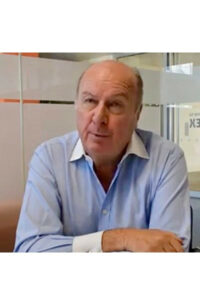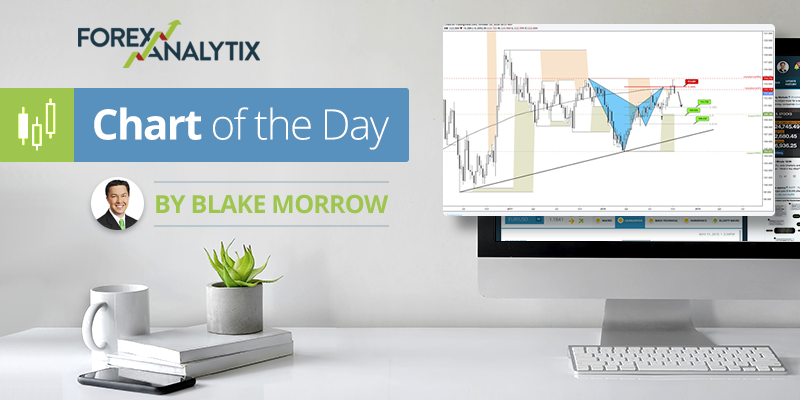Back to Work

Back to Work
Over the last trading week, until Friday, some softening of interest rate tightening expectations became apparent in both the US and Europe after somewhat mixed data was reported. Trading was understandably muted ahead of Non-Farm Payrolls data, but there were signs that the US jobs market is softening, with Job openings dropping sharply by 338K to 8.827million in July. With Jerome Powell inferring at Jackson Hole that they were becoming increasingly data-dependent, more importance was attached to the monthly labour report than usual. Naturally, all thoughts turned from Friday City lunches to the data release at 1.30 London time, which, in the end, turned out to be an almost Goldilocks report. For all the dollar bears and those waiting to join in, be warned: the unemployment rate at 3.8% is still historically low and certainly way below a level that will overly concern the Fed. With the US markets closed for Labor Day today and, to many traders, the end of summer, we will have to wait to see further reaction from the markets to last week’s data, but a further move up by the Fed this month still looks in the balance.
Europe also had a mixed bag of data last week and a slightly more dovish set of minutes from the previous ECB council meeting. The softening in rhetoric was surprisingly partly echoed by the normally uber-hawkish Isabel Schnabel, who acknowledged headwinds for growth whilst not taking a firm view on rates. Taken as a whole, both the ECB minutes and Schanbel’s speech did not give the impression that they were confident of their future actions and in fairness, headline inflation has dropped, but the core is, as elsewhere, remaining stubbornly strong. After a year of aggressive tightening and Germany heading into an uncomfortable winter of recession, the ECB council is caught between the devil of tightening too much and the deep blue sea of stopping too early. The derivative markets are reflecting this uncertainty, and the odds of a September hike have dropped significantly from around 50/50 to nearer only a 25% chance over the last few days, prompting the euro to suffer its biggest one-day fall for a month. Data published before the ECB meeting could well decide the outcome of the vote, but at the moment, it seems that we are approaching the peak of Eurozone rates in this current cycle.
So, both the ECB and the Fed are stepping warily now as their economies show signs of weakening and are both more data-dependent than they have been over the last few months. What appears to be becoming increasingly sure is that central banks, unless something untoward happens, won’t be in any rush to cut rates. Huw Pill, the chief economist from the Bank of England, neatly summed this view up, saying that the policy rate profile would look more like a “table mountain” with rates set to stay high for an extended period, contrary to what many wish or even believe. On the subject of the Bank of England, they look the most likely to raise rates again this month as wage inflation is still elevated, but as always with the Old Lady, they are hard to call. This week, we get to see the BoE’s latest Decision Maker Panel, which unsurprisingly is expected to report moderating prices and salaries. However, after the ONS sharply adjusted its figures for GDP on Friday, the pressure is still on the Bank to hike. With less doubt over the direction of UK rates, some support for the pound should start to emerge, but as always with the pound, this comment is heavily caveated!
This week, the financial world has a relatively quiet data docket ahead, with little out in Europe apart from S&P’s Purchasing Managers Indexes tomorrow, which are expected to be gloomy, and Eurozone unemployment on Thursday. Similarly, in the US, the cupboard is relatively bare, with only their PMIs and Factory orders due, possibly a blessing after Friday’s shenanigans, but no doubt the plethora of speakers will keep us all occupied.
20230904












